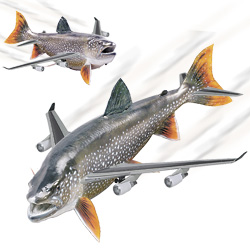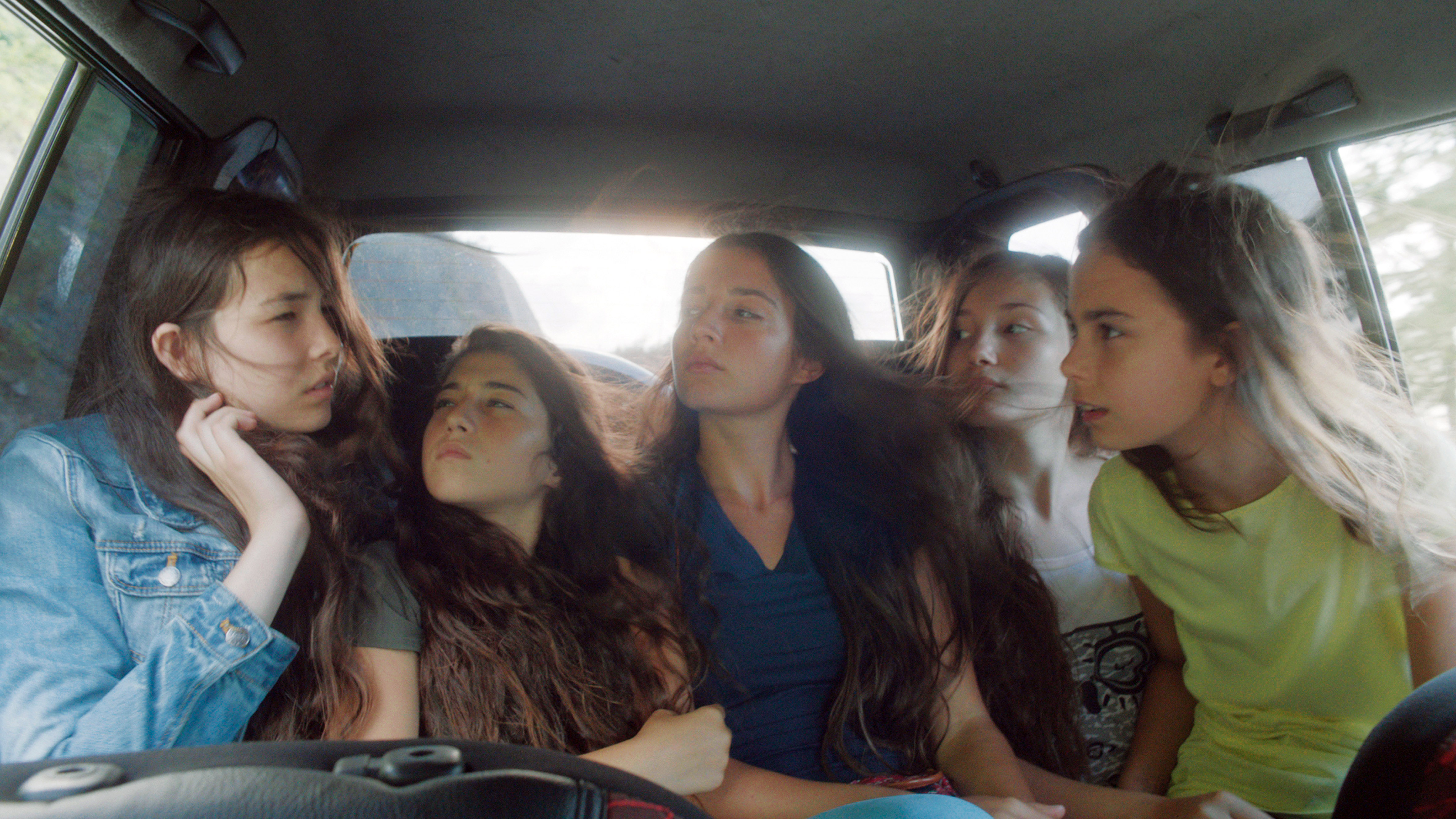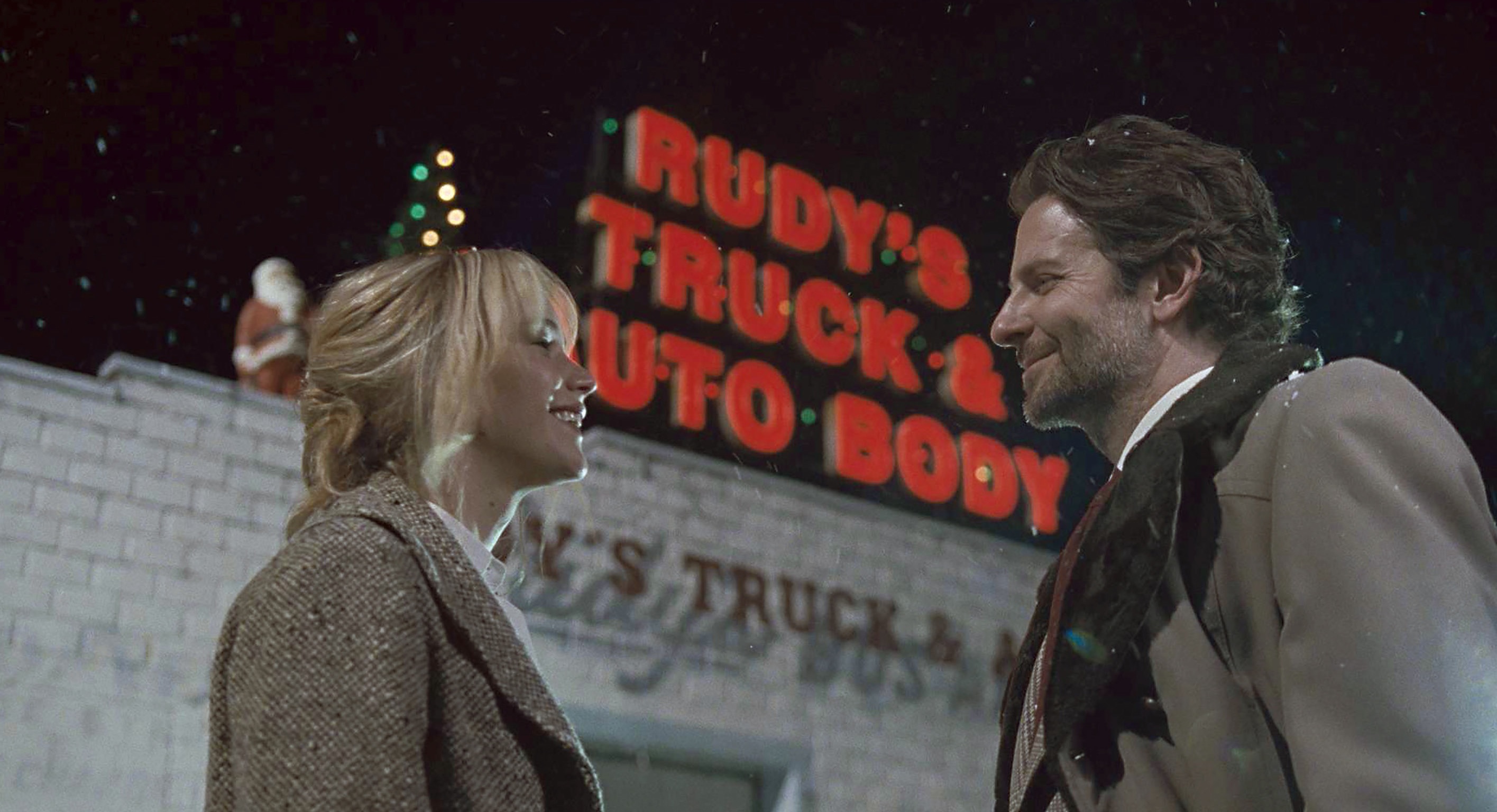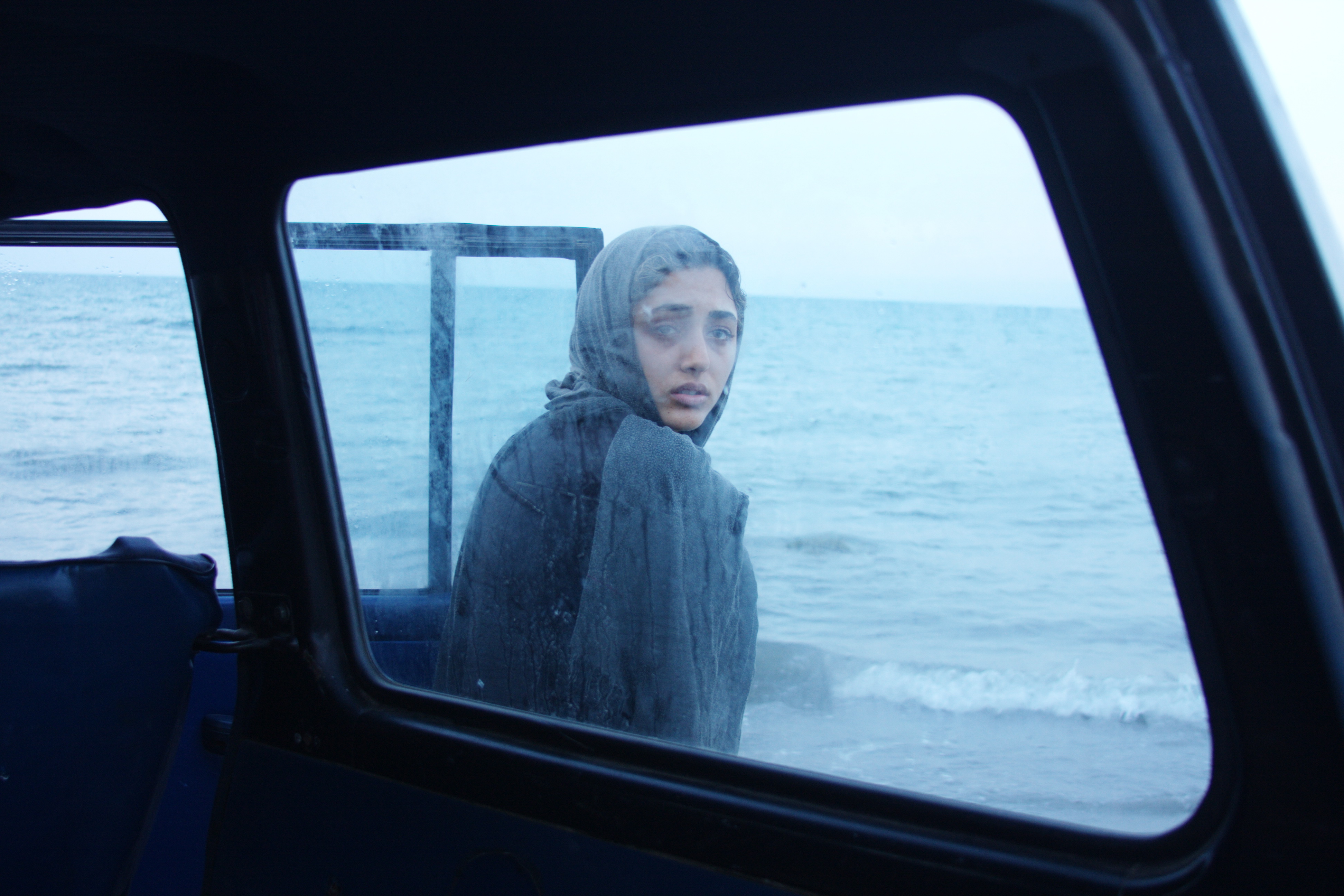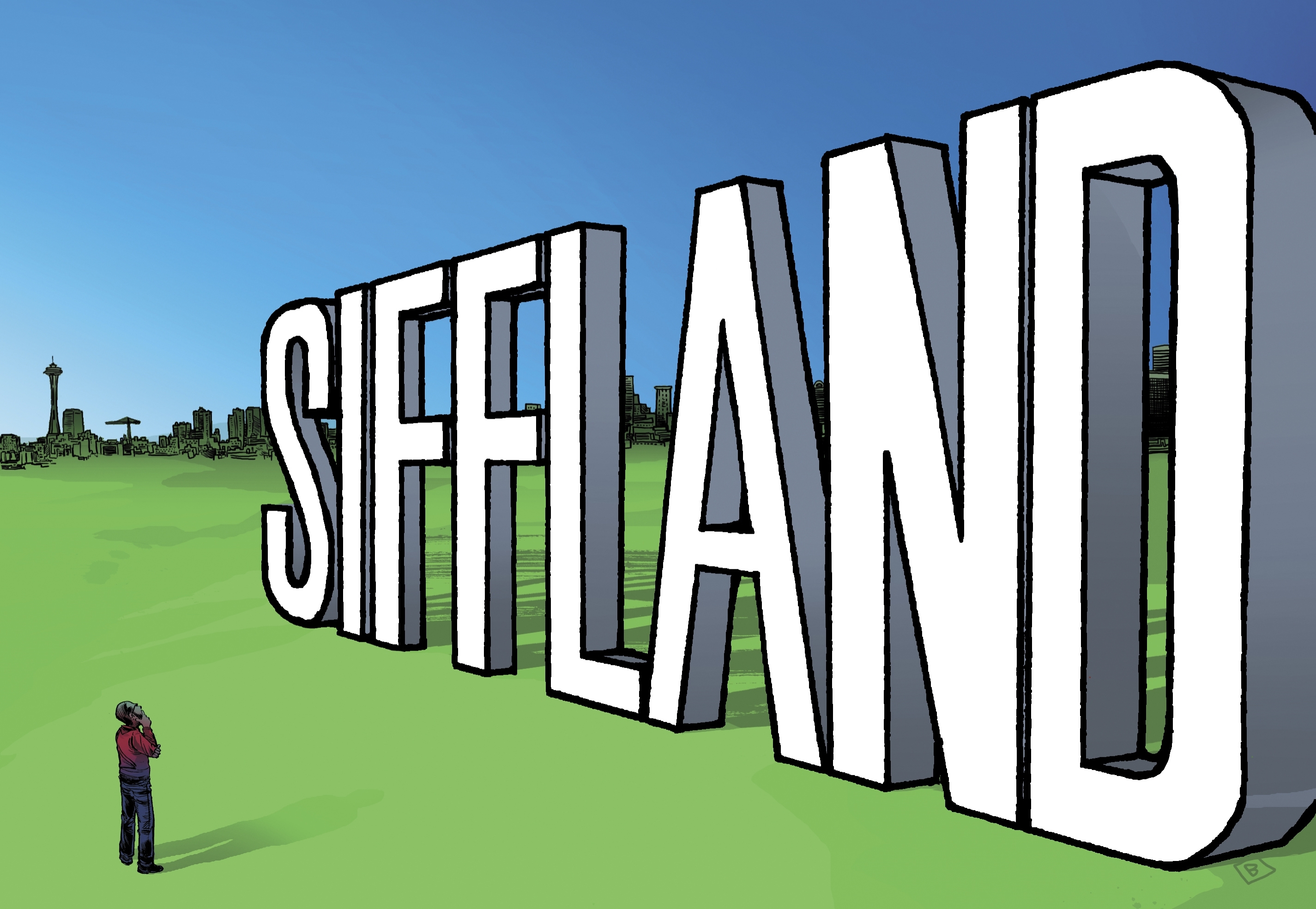(See editor’s note at bottom of story.)
The famed Copper River brand was invented in Seattle 25 years ago–and 1,200 miles south of where the salmon are actually harvested. Wild, fresh, and organic, these king (aka chinook) and sockeye breeds have become the marquee fish in a damaged market. Traditionally the first Alaskan salmon fishery to open each season, the Copper River run is prized for its high omega-3 oil content and lean, pink flesh–the product of athletic, carnivorous fish returning home to spawn after years at sea.
With the lower West Coast salmon fishery just closed and declared a federal disaster area, the Copper River kings are likely to sell for over $30 a pound when they begin arriving here this week. Yet price is no deterrent among affluent, health-conscious Seattle diners with “Friends don’t let friends eat farmed fish” bumper stickers on their hybrids who’ve been raising their kids to avoid red meat and savor fishy brain food. (“Eat your salmon, sweetie, and you’ll get into Yale!”) The cult of the Copper River salmon is now a conspicuous form of connoisseurship, like drinking the early bottles of Beaujolais nouveau flown over from France. We want the first and the best and the healthiest, and we’re willing to pay for that privilege.
But how green are those precious pink fillets? New awareness of “food miles” and greenhouse-gas emissions means that scientists are starting to measure the carbon footprint from fishing fleets’ diesel engines, the factory processing on shore and sea, and—most important in the Copper River case—the air shipping of product from distant fisheries to your Wallingford grocer or Belltown restaurant within 24 hours of harvest.
“For seafood and out-of-season produce, ‘fresh’ often means ‘air-flown,’ which is 10 times more emission-intensive than transporting products by ship,” according to the Bon Appétit Management Company Foundation. The California food service provider’s advocacy arm is promoting local, organic food in its many institutional cafeterias nationwide. Helene York directs its Low Carbon Diet initiative, and says, “Transportation really matters when choosing a perishable consumer product, such as seafood.”
Other experts agree. Pablo Päster, an authority on carbon emissions with the Toronto-based environmental consulting group ClimateCheck, recently crunched a few numbers for SW. He compared the carbon impact of transporting a Copper River king salmon (headed and gutted on shore to a weight of 25 pounds) the 1,738 miles from Cordova to Anchorage and on to Seattle, versus shipping it the same route. His conclusion: Delivery by air produces 57 times more CO2. In this sense, first is worst.
This coming season, according to Alaska Airlines spokesperson Caroline Boren, as much as 750,000 pounds of Copper River salmon will leave Cordova by air. “We’ll transport a large part. It’ll be roughly 40 Alaska Airlines flights throughout the season,” she says. Even those fish bound for the finest tables in San Francisco, Manhattan, and beyond will first pass through Seattle.
Only a fraction of the overall harvest gets this kind of royal, mile-high treatment—perhaps three percent of Alaskan salmon, according to industry consultant (and Bristol Bay fisherman) Chris McDowell. “The vast majority of it is shipped by sea, either frozen or canned.” Because of the unreliable weather in remote locations, he explains, freezing and shipping is much less risky—and lowers the cost of transport dramatically (to both processor and consumer), along with the lower carbon footprint per fish.
Down in Portland, the conservation group Ecotrust is midway through a comprehensive study of the Northeast Pacific habitat, from California through Seattle and up to Alaska. Though not yet published or complete, the multi-stage report includes some notable findings. Comparing Alaskan wild salmon to Vancouver, B.C., farm salmon going to market in San Francisco, net CO2 emissions for the fresh, air-freighted fish were almost double their farmed counterparts on a per-fillet basis. But if you take the airplane out of the equation and ship everything frozen, the Canadian farm fish—though closer to market in San Fran—become the bigger carbon offenders.
“Food miles was always a simplistic concept,” says Ecotrust scientist Astrid Scholz. “It’s really the energy efficiency of those miles. If you freeze fish and put it on a container ship, it doesn’t matter if it goes halfway around the world. We can prove that the increases in yield that you get by using manual labor in China, to pick over crabs or whatever, actually far outweigh the fuel you use to ship over on a container ship and thaw it out and process it and freeze it again and ship it back.”
This is how many large American seafood companies process fish caught in U.S. waters—but not the premium species like king crab and sockeye salmon. For those, the carbon offense is aviation, says Scholz. “In the fresh, wild Alaska [salmon], you’ve got the hit from the transportation, and that’s because of the flying.”
And no matter how close to market a fish farm may be, whether off Vancouver or Bainbridge Island, “Fish feed basically concentrates a lot of energy-intense inputs from agriculture and from reduction fisheries.” (Reduction fisheries are fleets that troll the Atlantic and Pacific for junk fish to grind up into salmon snacks.) “Whereas on the production side on the wild front, all you have is the diesel fuel associated with chasing the fish.”
While Alaskan fishing fleets run on diesel (along with the shore processors, the barges bringing in aviation fuel, etc.), Ecotrust estimates that carbon impact at about one-sixth that of the production of feed for farm-raised salmon.
What’s worse, says Scholz, is when you combine the two main carbon offenders: “You’ve also got Boeing 747s full of Chilean farmed salmon landing every week in Seattle. Because the industry and consumers to some extent have this obsession with fresh fish.”
Closer to home, Mayor Greg Nickels and City Council member Richard Conlin are promoting the Local Food Action Initiative. Trouble is, you’re not going to find much local salmon at the PCC.
Last year, local waters produced about 2.5 million commercially harvested salmon (or 21.7 million pounds), according to the Washington State Department of Fish and Wildlife. That’s not nearly enough to meet the local demand.
Where can we get more local salmon with fewer food miles? You may not like the answer.
Just off Bainbridge Island, the state’s only salmon-farming company, American Gold Seafoods, is raising Atlantic salmon in pens similar to larger operations in Chile and Vancouver. With its other farms around Puget Sound, the company produced 13.7 million pounds of salmon last year—equivalent to 37 percent of the state’s wild catch. (Globally, the United Nations estimated in 2006, 43 percent of seafood is produced via aquaculture.)
Despite the horror stories and bad press (sea lice, food coloring, antibiotics, rogue escapees, waste, etc.), there’s new local investment in salmon farming. With private equity money behind it, Seattle-based Icicle Seafoods just bought American Gold. The purchase diversifies a harvester and processor of wild Alaskan fish and crab, allowing it to bring fresh, cheap, farmed Atlantic salmon to market 12 months a year, even during the off season.
Though American Gold didn’t return phone calls, Dan Swecker of the Washington Fish Growers Association says there are two big issues facing the industry: “Where does the feed come from, and where does the poop go?” Lower pen density and tidal flushing helps with the latter; unlike cattle, fish produce no methane, which greatly lowers their carbon footprint.
As for the feed, says Swecker, “We’re learning to substitute other kinds of meals for fish meals.” That may mean fewer boats in the reduction fisheries, whose deep-sea trolling is four times more fuel- and carbon-intensive than the small-boat gillnetting used on the Copper River, says Ecotrust.
But shifting some of a farm salmon’s diet to a hybrid including grain means land-based farming, which carries a carbon cost from tractors, fertilizers, and transport of pellets by truck and train, cautions Scholz of Ecotrust. “Hybrid with what?” she asks rhetorically. “You’re substituting it with what? You’re still in the conventional agricultural system.” It’s enough to make you want to go back to hamburgers.
But don’t do that, says Swecker. When measured by the “conversion ratio” (i.e., how many pounds of feed it takes to produce a pound of food), salmon farming is “probably eight times more efficient than beef.”
Back when genius local seafood pioneer Jon Rowley developed the Copper River brand in ’83 (with TV news cameras waiting at SeaTac to receive the delicacy), fresh didn’t really exist, unless you were fortunate enough to live up there. Or travel up there to discover the fishery, as Rowley did (and is doing again with the Yup’ik Eskimos’ Yukon River salmon run, the latest boutique brand he is promoting).
“Is it a bad thing to eat salmon in Seattle that came on an airplane?” Rowley asks rhetorically. “I think it’s the age we live in.”
(Editor’s Note: Alaska Airlines spokesperson Caroline Boren told our reporter that some of the Copper River salmon is carried on regularly scheduled Alaska passenger flights, which would be flown regardless of whether there is salmon in the cargo. That information should have been included in the story.)
